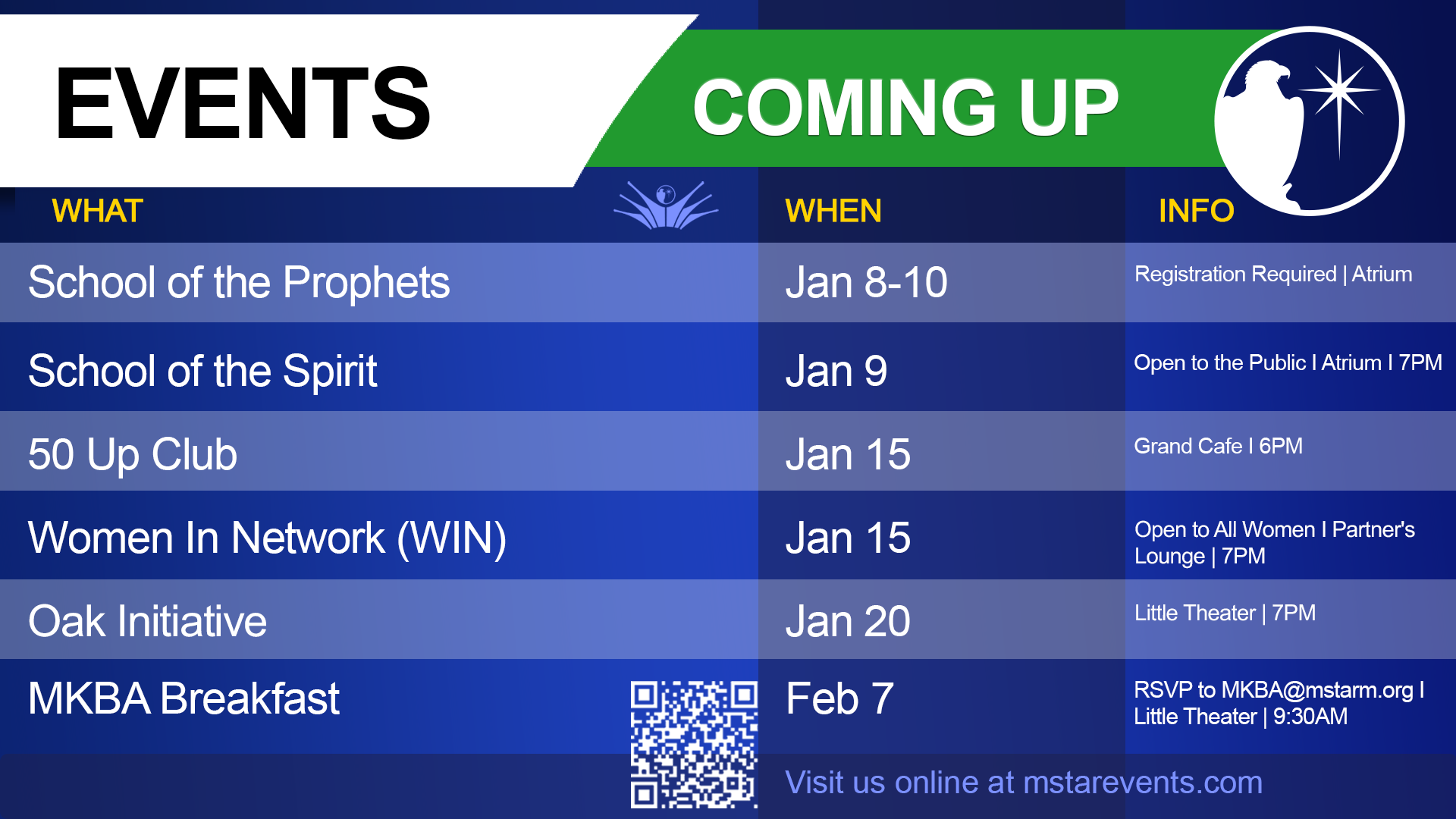The most famous opening line in any novel was in Charles Dickens’ classic A Tale of Two Cities: “It was the best of times, it was the worst of times.” How could it be both? This seeming contradiction is a truth about life that Dickens answers in this book.
A comparable biblical phrase is “the great and terrible day of the Lord”(see Malachi 4:5). How can it be both “great” and “terrible?” The Book of the Lord answers this question. We are well into the times that will be the greatest for some and the worst for others. The decisions we make now will determine which it will be for us.
Jesus said in Luke 12:49, “I have come to cast fire upon the earth; and how I wish it were already kindled!” In the discourse that follows this statement, the Lord spoke of divisions that would come, even to families. Then He spoke of the necessity of knowing the signs of the times. Have we ever considered that the present divisions seemingly manifesting in every way is something the Lord desired? And how can this be when He prayed for unity in John 17?
This is not a contradiction. The unity of His people is dearest to His heart, but not a unity that compromises with darkness. We can never have true unity with Him or His people until we have this division with darkness. The truest and greatest unity can only come when His people are wholly devoted to the Lord and His ways, which includes resisting darkness and evil. With this there can be no compromise.
The Bible says , “Pursue peace with all men, and the sanctification without which no one will see the Lord” (Hebrews 12:14). So, how do we fulfill this command? How is it possible to have “peace with all men” when the world is descending into darkness? In this way, it may not be possible. There can be no peace between light and darkness, or between those who walk in light and those who walk in darkness. We pursue peace by seeking the salvation of others and their embrace of the light. Pursuing peace does not always mean achieving it, and pursuing peace is not the same as pursuing agreement. It is always right to pursue peace with those with whom we disagree, while also refusing to compromise the light we have been given. We must also be wise enough to know when peace is not possible.
Pursuing peace, even when we know it is not possible, still has a purpose—it changes us. The second part of this important command is to pursue “the sanctification without which no one will see the Lord.” Sanctification means to be separate and requires us to be separate. There is a clear division between those who walk in the light and those who walk in darkness. In the times that are unfolding, God’s people will become increasingly distinct and separate, but we must never lose our love for the lost or our devotion to reaching them.
We are even called to love our enemies, but that does not mean we agree or walk with them. The best example of how to do that is in the life of Jesus. Jesus was unquestionably the most sanctified and holy person to ever walk the earth, yet sinners were attracted to Him! His worst enemies were not the sinners who walked in darkness, but the self-righteous who walked in a deeper darkness by assuming they were the light. Who do we attract? Are we approved by the self-righteous spiritual pharisees of our time? If so, this may be an indication that something is very wrong.
Jesus did not get along with sinners because He compromised with their sin, or in any way compromised His holiness. In I Chronicles16:29, II Chronicles 20:21, and Psalms 29:2 and 96:9, we see this phrase: “the beauty of holiness.” There is a beauty to true holiness that all people will be drawn to, and there is a repulsion to fake holiness—the kind produced by the self-righteousness—which even repelled the Lord. The pressure of the times will soon remove the fake holiness from the Lord’s people. The tares must be removed before the wheat can be harvested.
© 2023 Rick Joyner. All Rights Reserved.



